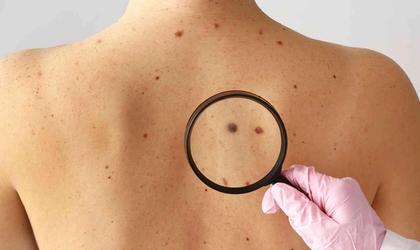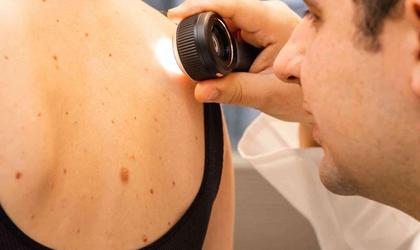Skin Cancer Clinic
Welcome to the Skin Cancer Clinic. Our goal is to provide caring, effective and easily accessible services for those of you who are concerned about skin cancer or have been diagnosed with it.
We are your primary partner for early detection, accurate diagnosis and safe treatment of skin cancer. With us you will meet experienced skin specialists who offer quick appointments and modern methods to ensure you get the best care.
- From 1,595,–
- Short waiting time
- No referral required

Treatment methods for skin cancer
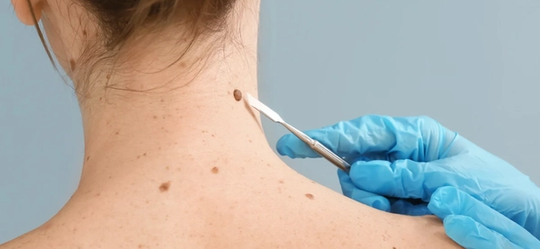
Surgery (Removal or Scraping)
How does it work? Surgery for skin cancer involves either removing (excision) or scraping (curettage) the cancerous tissue. With excision, we cut away the skin cancer along with a small margin of healthy skin around it. With curettage, we use an instrument to scrape away the cancerous tissue, and then electrosurgery is used to stop bleeding and destroy any remaining cancer cells.
When is it used? For most types of skin cancer, including melanoma.

Photodynamic Therapy (PDT)
How does it work? PDT combines a special cream and light to destroy skin cancer cells.First, a cream is applied to the skin; it makes the cancer cells more sensitive to light. After a certain period of time, the area is illuminated with a special lamp that emits non-hot light with a specific wavelength. The light causes the cream in the cancer cells to start a reaction that destroys these cells, sparing the healthy cells around them to a greater extent.
When is it used? For skin cancer that is only in the top layer of the skin, and for sun damage. It is good for avoiding large scars.
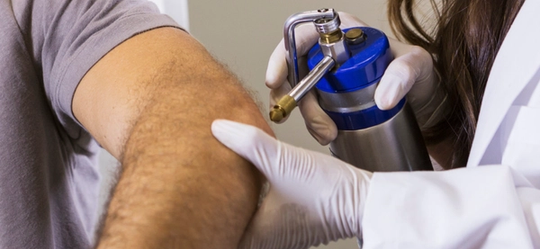
Cryotherapy (Freezing treatment)
How does it work? Cryotherapy, also known as cryotherapy, is a method in which liquid nitrogen is used to freeze and destroy unwanted tissue, such as skin cancer cells. During the treatment, liquid nitrogen is applied directly to the skin, creating an extremely low temperature. This freezing process causes the cells in the treated area to die.
When is it used? To treat minor and superficial skin cancers, as well as pre-cancerous lesions, such as actinic keratoses.
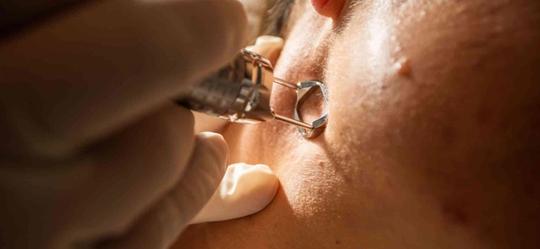
Laser treatment
How does it work? Laser treatment for skin cancer uses a concentrated beam of light to remove superficial skin cancers. The laser works by vaporizing the top layers of the skin where the cancer cells are located. In addition to removing cancerous tissue, laser treatment can also stimulate the production of collagen in the skin, which can contribute to a better cosmetic result after treatment.
When is it used? Mostly for skin cancers that are only in the top layer. Can also be used to remove precancerous skin cancers for cosmetic reasons.
Early detection of skin changes
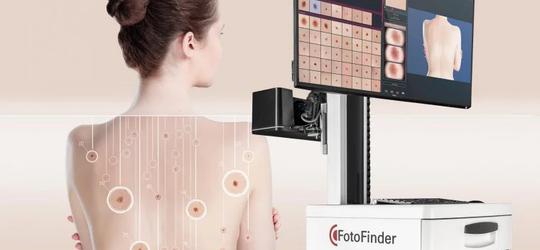
Full body mole check
In Norway, we have a high rate of mole cancer per capita and a relatively low survival rate. Early detection of skin cancer is crucial for successful treatment.
More than two-thirds of all melanomas (mole cancer) develop on healthy skin and not from pre-existing moles. It is therefore important to monitor how your skin develops, in addition to individual moles.
FotoFinder photographs your entire body and creates a digital map of your skin and moles. This makes it easy to monitor your skin's development and detect changes early.
Examination of skin changes
At the Skin Cancer Clinic, you will meet experienced skin specialists – doctors with the same specialized education and expertise as the dermatologists you will find in the hospital's skin department. We are experts in examining, diagnosing and treating a variety of skin diseases, including most forms of skin cancer.
- We offer thorough skin examinations, advanced diagnostics and treatment of many skin cancer cases directly in our clinic.
- In some cases, especially in more complex or serious forms of skin cancer (such as melanoma with spread), treatment and follow-up in the hospital's specialized cancer department is necessary.
- If your condition requires hospital treatment, we will provide a quick and efficient referral, and we work closely with the hospital to ensure that you receive the best possible treatment.

The sun gives us vitamin D, but too much sun and the use of solariums are the most important causes of skin cancer in Norway. Around 9 out of 10 cases are due to UV radiation.
Read more
About us
Our team consists of specialists with significant expertise in skin cancer.
Read more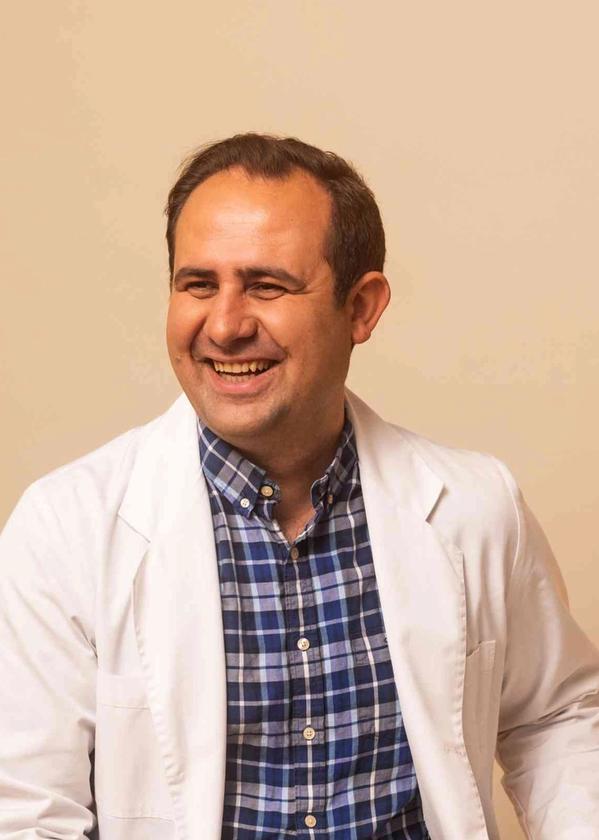
Moles and skin cancer
Our dermatologists are very keen to identify moles and skin cancer early, and can diagnose and treat quickly when this is identified.
